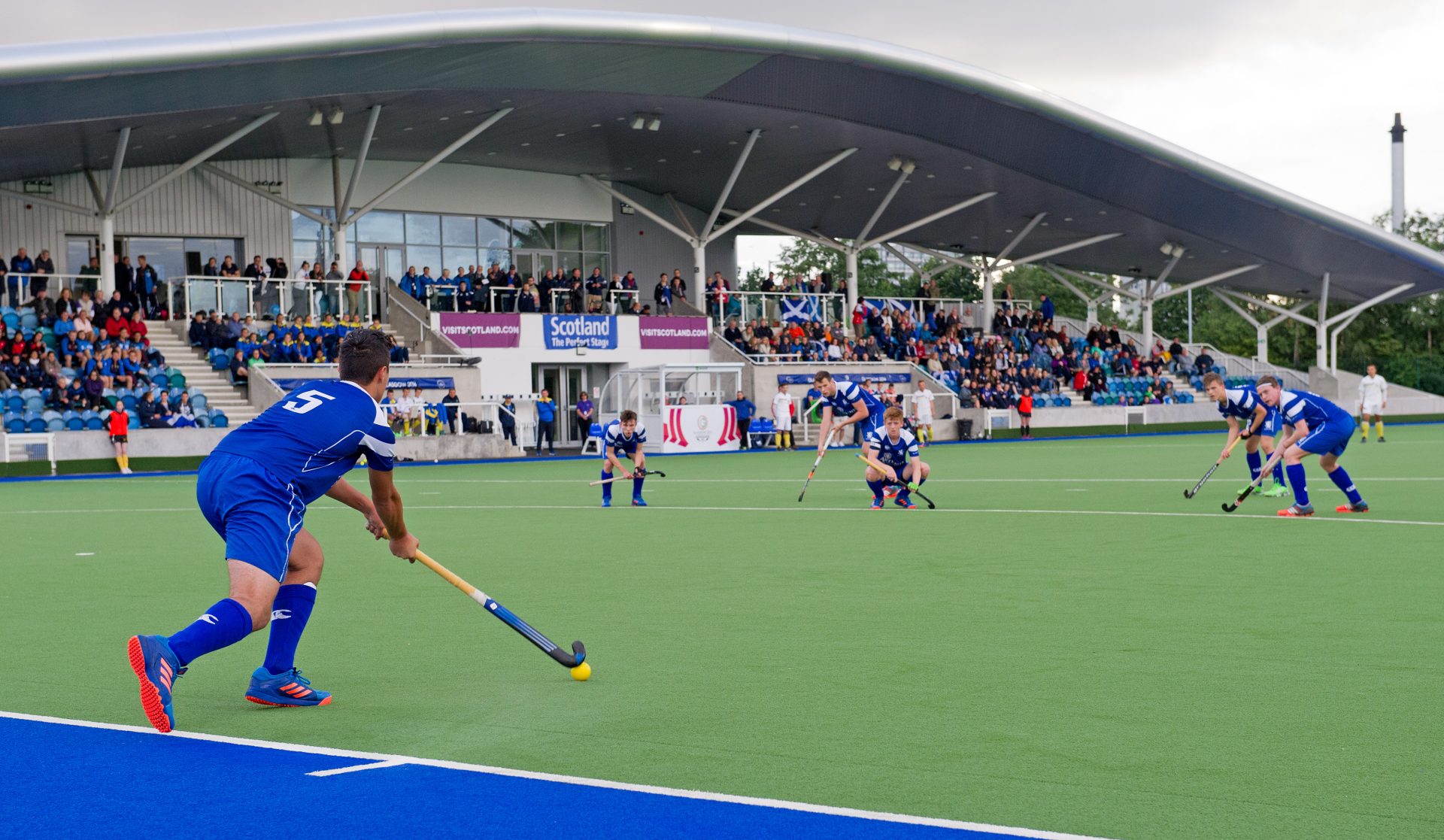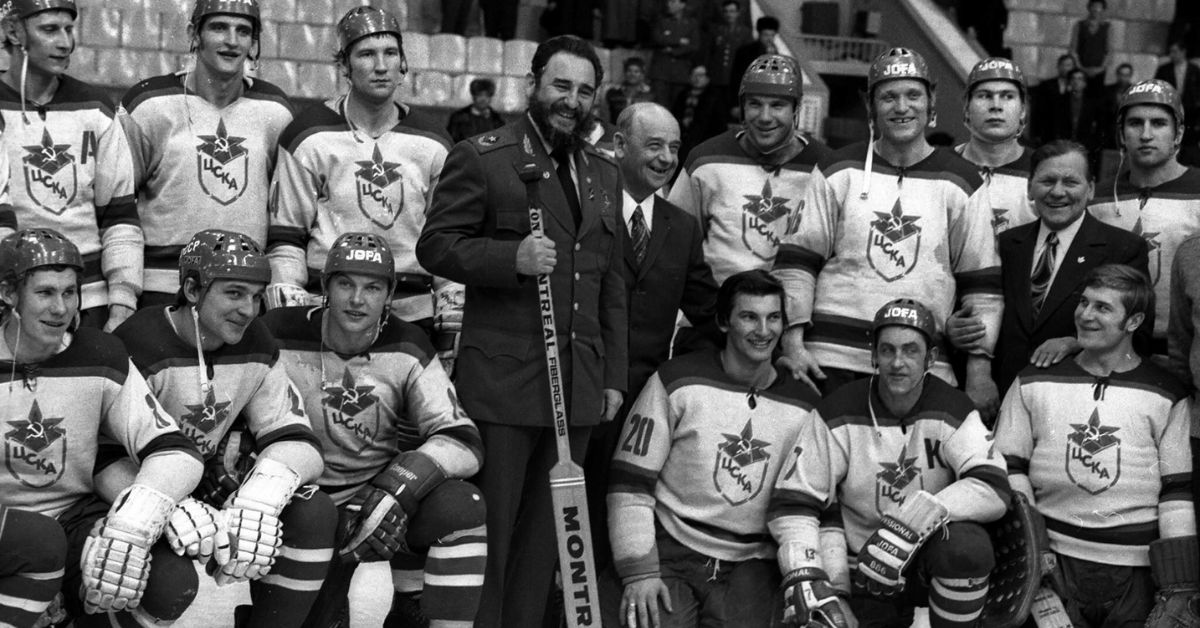Field hockey, with its rich tapestry of history, rivalries, and moments of sheer brilliance, has gifted sports enthusiasts with many unforgettable memories. Among these moments are the breathtaking goals and awe-inspiring skills that have left fans, players, and pundits alike in disbelief. This article aims to reminisce over those electrifying moments that have shaped championships and enthralled spectators worldwide.
Strikes That Resonate Through Time
Goals in field hockey aren’t just about hitting the ball into the net; they’re a blend of skill, strategy, teamwork, and often, individual brilliance. Over the decades, certain goals have stood out, not only for their technical excellence but also for their significance in the context of the game.

Best Field Hockey Goals
- Dhyan Chand’s Magical Flick (1936 Berlin Olympics): Often referred to as the ‘Wizard of Hockey’, Dhyan Chand showcased his exceptional talent with a reverse flick that left the German goalkeeper bewildered. It was not just a goal; it was an artwork that emphasized India’s dominance in the sport during that era.
- Alyson Annan’s Solo Run (2000 Sydney Olympics): In a display of sheer determination and skill, Annan dribbled past multiple defenders to score a mesmerizing solo goal, propelling Australia to eventual victory.
- Soledad Garcia’s Tie Breaker (2002 Women’s World Cup): Garcia, representing Argentina, showcased her brilliant stickwork and speed to score a decisive goal against the Netherlands, a moment that Argentine fans still recall with pride.
Table: Key Moments of Hockey
| Year | Player | Event | Significance |
|---|---|---|---|
| 1936 | Dhyan Chand | Berlin Olympics | Established India’s Olympic dominance. |
| 2000 | Alyson Annan | Sydney Olympics | Cemented Australia’s position as world leaders. |
| 2002 | Soledad Garcia | Women’s World Cup | Marked Argentina’s rise in global hockey. |
Technique Beyond Goals: Memorable Skills Championships
Beyond the goals, the championships have also been a testament to players’ extraordinary skills that might not always culminate in a goal but remain etched in memory.
- Shahbaz Ahmed’s Dribbling Mastery (1994 World Cup): Representing Pakistan, Shahbaz’s incredible ability to retain possession and weave through defenses with his dribbling was a treat for the eyes.
- Maartje Paumen’s Drag Flick Precision (2008 Beijing Olympics): The Dutch player was known for her drag flicks, and she displayed her prowess with a clinical finish, leaving the audience in awe of her technique.
- Jamie Dwyer’s Overhead Pass (2014 World Cup): Dwyer, representing Australia, showcased an impeccable overhead pass that covered almost half the field, redefining the dynamics of strategic play.

FAQs:
What is the origin of hockey?
The exact origin of hockey is debated, but the sport has ancient roots, with versions played by various civilizations. The modern form of field hockey, as we know it today, can be traced back to 19th-century England.
How did ice hockey develop from field hockey?
Ice hockey developed as a winter variation of field hockey. It likely originated in Canada in the mid-1800s when players adapted field hockey to be played on frozen ponds and lakes.
When was the first organized indoor ice game played?
The first recorded indoor ice game was played on March 3, 1875, in Montreal, Canada. It featured two nine-player teams and used a puck rather than a ball.
What is the significance of the Stanley Cup in hockey history?
The Stanley Cup, donated by Lord Stanley of Preston in 1892, is one of the most prestigious trophies in hockey. It’s awarded annually to the champion of the NHL and holds immense historical importance in the sport.
Who is considered the greatest player in hockey history?
Opinions vary, but Wayne Gretzky is often regarded as one of the greatest players in history. His records and impact on the game have solidified his legendary status.
Read More: The Journey of Cricket Through the Ages
